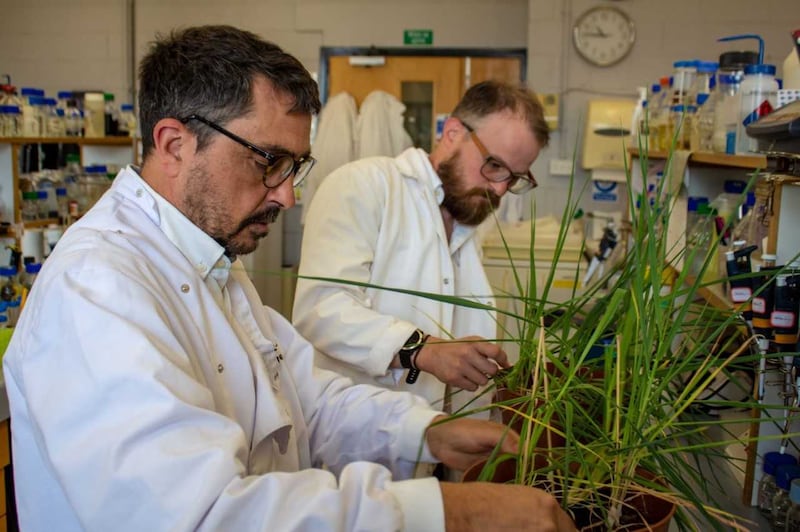The discovery of a gene in barley responsible for drought resistance will help future-proof crops against some of the effects of climate change, scientists believe.
Researchers spent nearly five years isolating the specific gene – HvMYB1- from the more than 39,000 genes in barley.
Tests proved plants in which the gene is more prominently expressed are better able to survive drought.
The scientists believes this finding will have important implications for the cereals industry as it faces increasing challenges from climate change-related drought.
Peter Morris from Heriot Watt University led the research team.
“By increasing the expression of this particular gene in test plants and simulating drought conditions, we’ve been able to prove that plants in which HvMYB1 is more prominently expressed are able to survive prolonged periods of drought,” he said.
“This is a significant finding that will allow more drought resistance crops to be bred in the future.
“Drought is already impacting yields with the European cereals harvest hit particularly hard in 2018. A prolonged, dry and hot summer significantly impacted yields and quality.
“As climate change gathers pace and we experience more extreme seasons, it is essential we can maintain continuity of supply.
“This is significant for key industries like Scotch whisky, one of the UK’s leading export items.”

Mr Morris added: “This also has important implications for the wider cereals industry including the production of wheat, maize and rice.”
The research was funded by the Scotch Whisky Association and Interface, which matches businesses with academic experts.
The findings were published in the Journal of Plant Physiology and Biochemistry.








